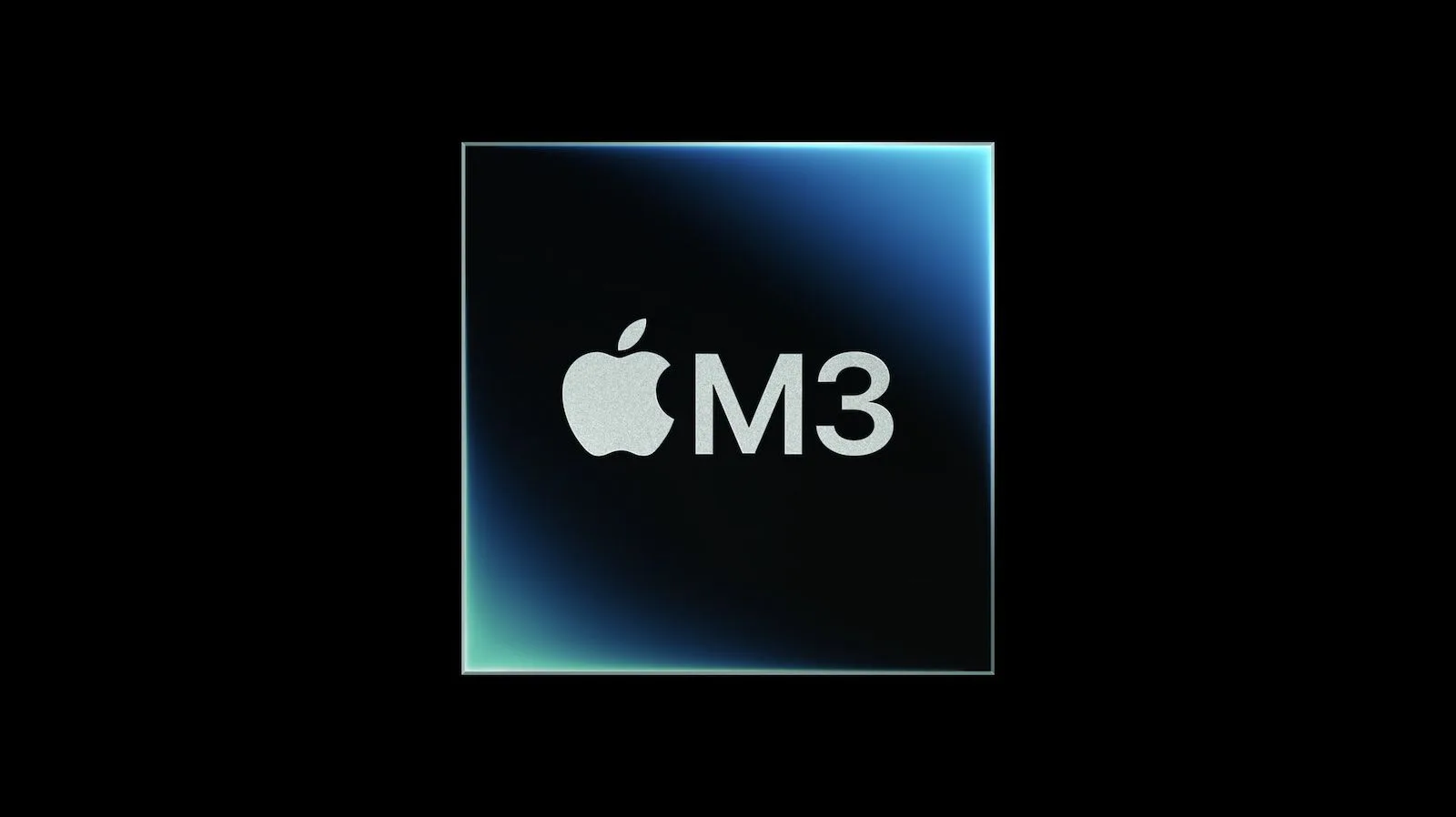Apple enthusiasts and tech aficionados, brace yourselves, as the first benchmark results for the highly anticipated M3 chip are here! Today, we delve into the depths of the Geekbench 6 database to get a closer look at the M3 chip’s CPU performance improvements. This exciting development promises to deliver a host of improvements over its predecessors, offering an enhanced user experience.
M3 Chip Benchmarks
Let’s cut to the chase. The M3 chip has shown impressive results on the performance front. As of now, the standard M3 chip boasts single-core and multi-core scores of approximately 3,000 and 11,700, respectively. In comparison, the standard M2 chip, with single-core and multi-core scores of around 2,600 and 9,700, stands in its shadow. Apple’s claim of a 20% performance boost for the M3 chip during its “Scary Fast” event on Monday holds true.
Geekbench 6 multi-core scores:
- M3 chip: ~11,700 (+20% vs. M2 chip)
- M2 chip: ~9,700 (+17% vs. M1 chip)
- M1 chip: ~8,315
The M3 chip doesn’t disappoint. It proves to be a substantial leap forward, living up to Apple’s promises of a faster and more efficient processor. This performance boost is bound to be welcomed by users seeking a seamless and snappy experience, from casual browsing to demanding tasks.
Implications for Apple Users
But, the burning question remains: which Apple devices will be equipped with this stellar M3 chip? While it’s still unclear whether the benchmark results apply to the new 14-inch MacBook Pro or iMac, we can safely assume that the performance will be similar for both. The benchmark results are tagged under the “Mac15,3” identifier, which aligns with Bloomberg’s Mark Gurman’s prediction of a laptop with a display resolution similar to that of a 14-inch MacBook Pro.
The standard M3 chip comes loaded with an impressive 8-core CPU and a GPU capable of scaling up to 10 cores. Furthermore, it supports up to 24GB of unified memory, which will significantly improve multitasking capabilities. But there’s more: the M3 chip sports an enhanced GPU architecture with support for hardware-accelerated ray tracing and mesh shading, adding a layer of realism to high-end gaming. And for those AI enthusiasts, it features a 16-core Neural Engine, promising a boost in artificial intelligence capabilities.
The Future of M3 Pro and M3 Max Chips
While the standard M3 chip has made its presence felt, the anticipation for the M3 Pro and M3 Max chips continues to grow. These higher-end variants are expected to be featured in most new 14-inch and 16-inch MacBook Pro models. The question on everyone’s minds is: how will these chips perform in comparison to the standard M3?
In conclusion, the M3 chip’s benchmark results have set the tech world abuzz with excitement. With impressive performance improvements, this chip is poised to offer a seamless and enhanced experience to Apple users. As we eagerly await benchmark results for the M3 Pro and M3 Max chips, it’s safe to say that the future of Apple’s computing experience is looking bright. Stay tuned for more updates on these exciting developments in the world of technology!
